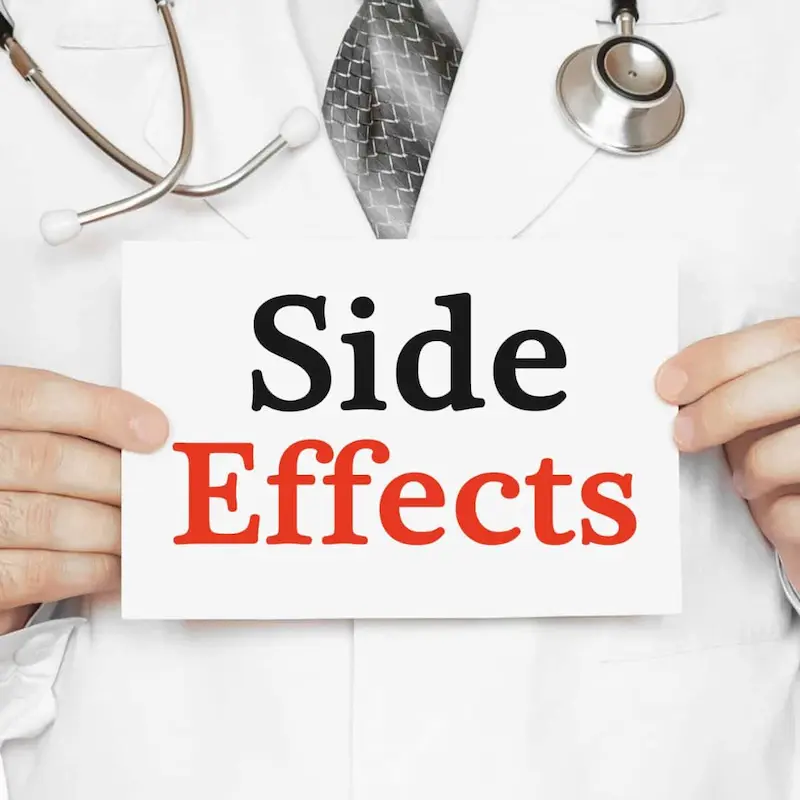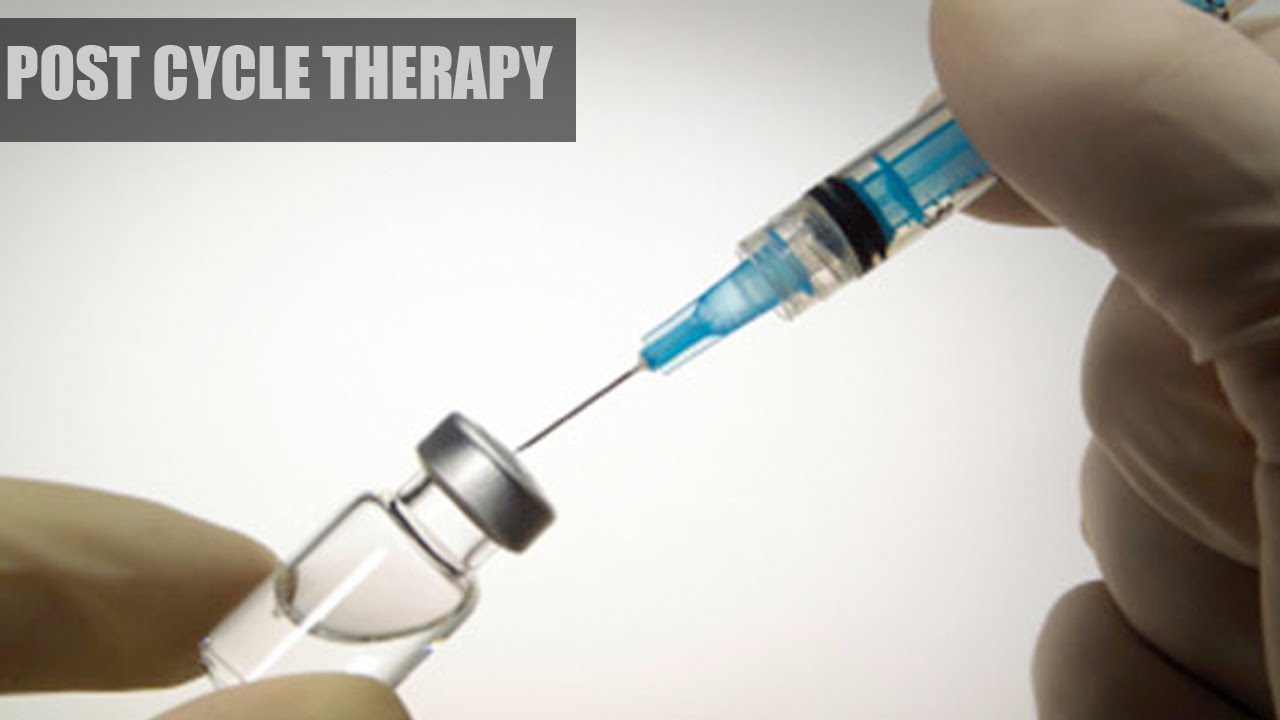Post Cycle Therapy (PCT) is an essential process that women who engage in anabolic steroid cycles adopt in order to restore their body’s natural hormone balance. The use of anabolic steroids can significantly alter hormone levels, and after the cessation of these substances, the body requires assistance to return to its baseline hormonal state. The purpose of PCT is to prevent the negative side effects that come with the sudden drop of steroid hormone levels in the body, such as muscle wastage or estrogen-related consequences.
The approach to Post Cycle Therapy for women differs from men, given the differences in endocrine systems and hormonal profiles. Women, who have much lower baseline levels of testosterone, may experience distinct post-cycle challenges. The selection of PCT medications and supplements is unique in female protocols and is done with careful consideration to minimize potential health risks and side effects. By implementing practical PCT protocols, female athletes aim to mitigate unwanted outcomes post anabolic steroid use, ensure health safety, and maintain the gains achieved during their cycle.
Quick Summary
- PCT is critical for women following anabolic steroid cycles to restore hormonal balance.
- Female PCT protocols vary from men’s and require specific medications and supplements.
- Proper PCT can help to mitigate health risks and side effects post-steroid use.
Post Cycle Therapy for Women

Post Cycle Therapy (PCT) is a critical process for women following anabolic steroid use to restore hormone balance and mitigate side effects.
Role of PCT in Steroid Use
Anabolic steroids can significantly disrupt a female’s hormone levels, mainly by increasing muscle mass-promoting hormones like testosterone, often at the expense of estrogen. Upon discontinuation, the user’s body struggles to regain hormonal balance, potentially leading to a cascade of physical and emotional issues. PCT exists specifically to address this by reinstating natural hormone production and reducing the negative impact of steroids.
- Key functions of PCT:
- Restoring natural estrogen and testosterone balance
- Preventing excess muscle loss after steroid discontinuation
- Minimizing side effects associated with hormone imbalance
PCT and Women-Specific Considerations
When dealing with PCT for women, it’s imperative to consider the differences in hormonal profiles and sensitivities between genders. Women are generally more sensitive to the fluctuations in testosterone and its derivatives. Inappropriate PCT can lead to side effects such as virilization, which entails the development of masculine features, or fertility issues.
- Considerations for an effective PCT in women include:
- Lower doses of PCT medications
- Monitoring hormone levels throughout the therapy
- Tailoring the PCT protocol to individual responses considering the potential of an adverse reaction to elevated testosterone levels
By aligning the PCT strategy more closely with a woman’s physiological needs, it’s possible to maximize recovery and minimize undue stress on the body.
References
Common PCT Medications and Supplements

Post Cycle Therapy (PCT) utilizes specific medications and supplements to help restore hormonal balance after a cycle of performance-enhancing drug use. Listed below are commonly used pharmaceuticals and supportive supplements.
SERMs for PCT
Selective Estrogen Receptor Modulators (SERMs) are often the cornerstone of PCT for women. They play a pivotal role by modulating the body’s estrogen receptors and assisting in the normalization of hormone levels.
- Tamoxifen Citrate (Nolvadex)
- Use: To prevent estrogen-related side effects and stimulate endogenous testosterone production
- Dosage: Typically, doses range from 10 to 20 mg daily.
- Clomiphene Citrate (Clomid)
- Use: Used to trigger the release of LH and FSH, which in turn stimulates natural testosterone production
- Dosage: Dosages vary, but 50 mg daily is a common starting point.
Supplemental Support
Alongside SERMs, certain supplements can support the body’s recovery during PCT.
- Aromatase Inhibitors
- Aromasin
- Use: Reduces estrogen production by inhibiting the aromatase enzyme.
- Dosage: Doses can vary based on individual needs; consult a healthcare provider for personalized advice.
- Arimistane
- Use: Acts as a mild, over-the-counter aromatase inhibitor.
- Dosage: Appropriate dosages should be determined with healthcare guidance.
- Aromasin
- Nutritional Supplements
- Zinc
- Use: Supports immune function and hormonal regulation.
- Dosage: Typical recommendation is around 30 mg per day.
- D-Aspartic Acid
- Use: May play a role in the synthesis and release of testosterone.
- Dosage: Research suggests doses of 2-3 grams per day.
- Zinc
Note: Always consult a healthcare professional before starting any PCT regimen to determine the proper medications and dosages for individual circumstances.
References
Potential Side Effects and Health Risks

Post Cycle Therapy (PCT) for women involves a delicate hormonal recalibration, which can come with various side effects and health risks that need to be carefully monitored and managed.
Recognizing Adverse Effects
Certain side effects may be experienced during PCT, including:
- Water Retention: This can manifest as swelling in the extremities and a feeling of bloating.
- Gynecomastia: Although less common in women, hormonal imbalances can lead to breast tissue enlargement.
- Hair Loss: Some women may experience hair thinning or increased hair shedding due to hormonal fluctuations.
- Headaches: These can range from mild to severe and may be accompanied by other symptoms.
- Liver Toxicity: Certain medications used in PCT can place stress on the liver.
- Mood Swings: Hormonal changes can result in emotional instability or changes in mood.
- Hot Flashes: A sudden feeling of warmth, often associated with hormonal shifts.
One should be alert for the development of these symptoms and consider them in the context of their PCT regimen.
Managing Risks Specific to Women
- Facial Hair: Some women report an increase in facial hair growth, which is typically reversible post-therapy.
To manage these risks:
- Regular Monitoring: Frequent medical check-ups can help in the early detection and management of side effects.
- Dosage Adjustments: Medication dosages should be carefully prescribed and adjusted as needed.
- Supportive Therapies: Supplemental treatments may be needed to address individual symptoms, such as hot flashes.
- Lifestyle Changes: A healthy diet and regular exercise can mitigate some of the side effects like water retention.
Careful adherence to the prescribed PCT protocols and prompt medical intervention when necessary can greatly reduce the occurrence and severity of potential health risks.
Practical PCT Protocols for Female Athletes

Post Cycle Therapy (PCT) is crucial for female athletes seeking to rebalance hormones and maintain gains after a cycle of performance-enhancing substances. An effective PCT plan can aid in retaining muscle strength and optimizing fat loss, ultimately improving overall athletic performance.
Designing a PCT Plan
When designing a PCT plan for female athletes, the primary goal is to restore natural hormone levels and minimize any side effects of stopping performance enhancers. PCT typically involves the use of various supplements and pharmaceuticals.
Supplements and Pharmaceuticals:
- Selective Estrogen Receptor Modulators (SERMs): Used to block estrogen, stabilize hormone levels, and prevent side effects.
- Aromatase Inhibitors (AIs): Might be incorporated to manage estrogen levels.
- Human Chorionic Gonadotropin (hCG): Rarely used in female PCT due to its potential side effects, but still an option.
PCT duration and specific components will depend on factors such as the length of the cycle, types of substances used, and individual responses to those substances.
Adjusting Dosages for Women
Dosages for PCT must be carefully adjusted for female athletes. Women are more sensitive to certain compounds, and dosages need to be significantly lower than for male athletes.
Dosage Considerations:
- SERMs Dosages: Typically, a lower dosage range is preferred to avoid side effects such as mood swings or changes in menstrual cycles.
- AIs Dosages: Begin with the lowest possible dose, and adjust only if necessary to manage estrogen levels without causing hormonal imbalance.
It is essential to monitor an athlete’s response to PCT and adjust dosages accordingly. Dosage adjustments ensure that the PCT is supporting rather than hindering the athlete’s recovery and progress in bodybuilding, whether in cutting, bulking, or seeking muscle gains without undue fat loss or weight gain.
Restoring Natural Hormone Balance

Post Cycle Therapy (PCT) for women centers on rebalancing the natural hormone system, with a focus on supporting natural testosterone production and ensuring recovery for long-term health.
Stimulating Natural Testosterone Production
Women have much lower levels of testosterone than men, but it’s still a crucial hormone for their well-being. DHEA (Dehydroepiandrosterone) supplementation can be a pivotal part of PCT, as it serves as a precursor to testosterone. The body can convert DHEA into testosterone, supporting the natural hormone balance without the use of anabolic steroids.
- Human Chorionic Gonadotropin (hCG): This is sometimes used off-label in PCT to mimic the effects of luteinizing hormone (LH), which can aid in testosterone production. The typical application of hCG in small, careful dosages may stimulate endogenous testosterone.
Recovery and Long-Term Health
After a cycle of performance-enhancing substances, a woman’s natural hormone system can be significantly disrupted. Ensuring the recovery of this system is vital for long-term health.
- Luteinizing Hormone (LH): PCT often aims to kickstart the patient’s own production of LH, a hormone that signals the ovaries to produce steroids naturally, including testosterone. Restoring LH levels is a key step in a successful PCT protocol.
Natural Testosterone Production: Essential in maintaining muscle tissue, bone density, and overall vitality, natural testosterone production is carefully encouraged with the use of supplements like DHEA, which are converted into testosterone by the body’s biochemistry, thus reviving the production cycle without the need for exogenous hormones.
Frequently Asked Questions

What are the typical side effects of post cycle therapy for females?
Women may experience side effects during PCT similar to those of hormonal fluctuations, such as mood swings, fatigue, and changes in menstrual cycle regularity. Individual responses can vary based on the PCT compounds used.
How does post cycle therapy impact testosterone levels in women?
Post cycle therapy aims to restore natural hormone levels and may include agents that stimulate endogenous testosterone production. While women produce testosterone naturally, PCT typically focuses on balancing estrogen levels more than testosterone.
Which post cycle therapy compounds are preferred by female bodybuilders?
Female bodybuilders often prefer Selective Estrogen Receptor Modulators (SERMs) like Nolvadex or Clomid. Their choice depends on the specific compounds used during their cycle and personal response to these medications.
How should Nolvadex and Clomid be dosed for women during PCT?
Nolvadex is generally dosed at 10-20 mg per day, while Clomid dosages for women tend to be lower than for men, often ranging from 25-50 mg per day. It is essential to consult with a healthcare professional for individualized dosing.
At what point in the cycle should women begin post cycle therapy?
Women should commence PCT shortly after the active anabolic steroids have cleared their system. This can vary based on the half-life of the compounds used. Usually, it’s within a few days to two weeks after the cycle ends.
Can you outline the essential elements of an effective PCT regimen for women?
An effective PCT regimen for women should balance the estrogen to testosterone ratio, alleviate any side effects experienced during the cycle, and support the body’s return to its natural hormonal state. This often entails using SERMs and managing diet and lifestyle factors.
Dr. Grant Fourie, a specialist in male hormones, is based in Cape Town, South Africa. He provides comprehensive treatments for conditions related to low testosterone, such as erectile dysfunction, fatigue, and mood changes. His methods include hormone replacement therapy and other modern treatment options.
Contact me via email or phone to book personal appointment in my clinic: The Village Square, Cape Town - South Africa



